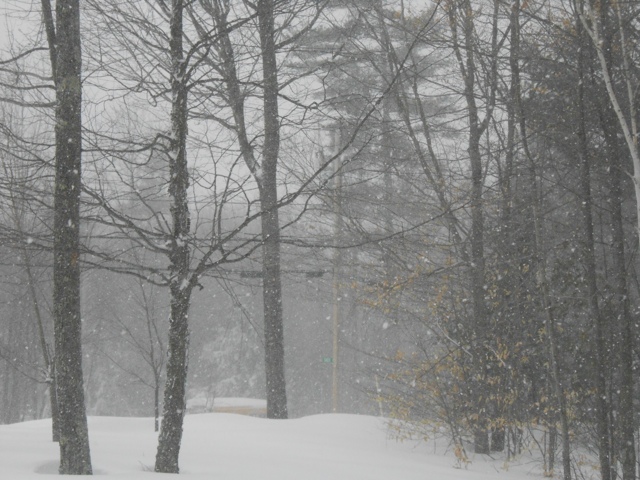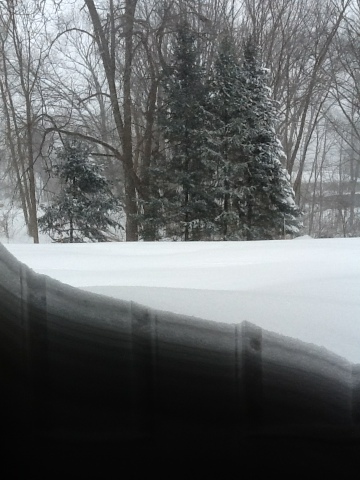I am in need of some materials to support our activities, if you are able to send any of the following things in with your child it would be greatly appreciated.
Magazines with pictures of animals and/or plants
White dinner sized paper plates (no styrofoam please)
Small colored paper plates - green, blue, yellow, red and black
Containers for collecting soil samples
Plastic spoons
Beads - single colors - red, blue, green, black, orange, yellow,
brown, white, purple
- mixed colors - any variety
Cotton yarn or string
This unit will combine activities related to the environment of Southern New Hampshire using the Project Learning Tree Environmental Science program and the Pearson Environmental Studies text.
As the Spring season warms up, I hope to take many of our activities outside. I will try to let you know ahead of time to be prepared with appropriate clothing and footwear for Spring in our area.
Please comment below if you are sending an item in with your child so that I can make plans for anything that we still need.
Thank you!! I am looking forward to a great and active Spring in science.




















